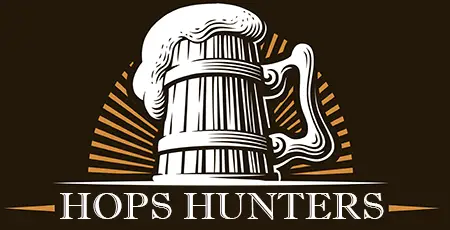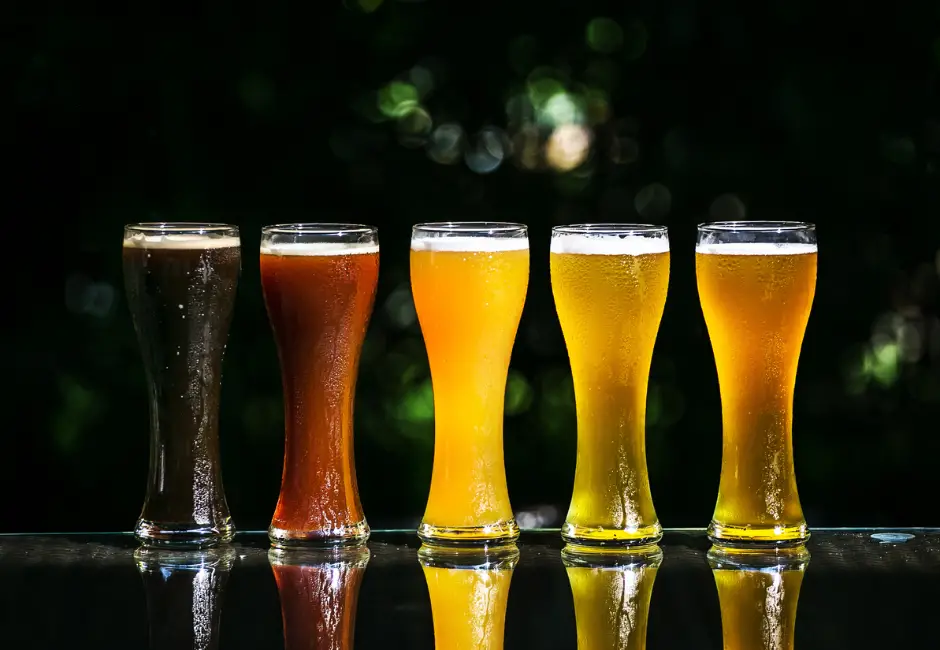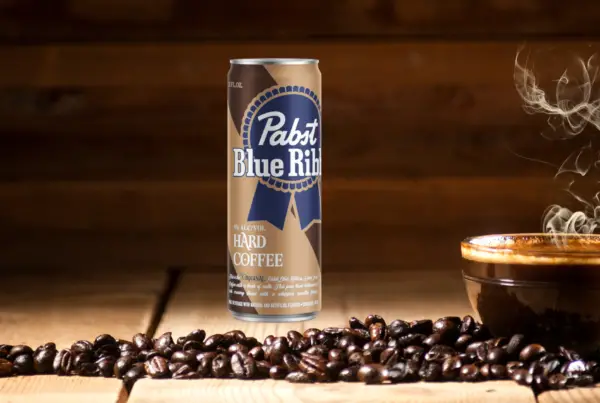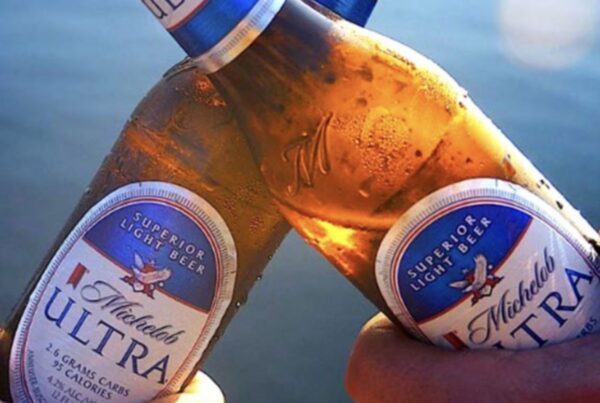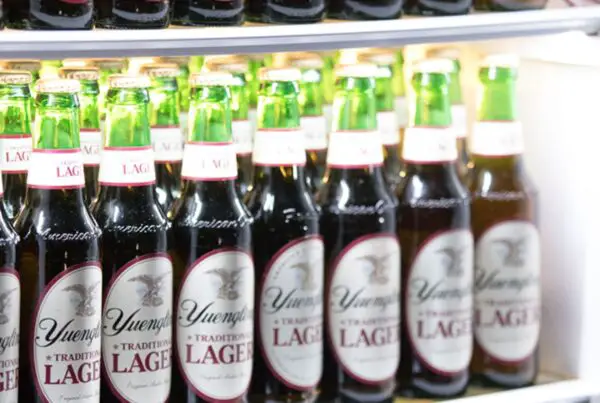From light, straw-colored lagers to deep, ebony stouts, it’s only natural to wonder what makes different types of beer exhibit such a wide variety of colors.
As with all things beer, the answer lies in chemistry. A huge array of factors contribute to the color of beer, and in this guide, we’ll delve into each of them.
How Does Beer Color Affect Taste?
It’s important to note that color alone tells us very little about what a beer will actually taste like. While certain flavors are more likely to be present with certain hues, flavor profiles are determined by a complex interplay of ingredients, aging processes, and brewing techniques.
For example, a dark beer may look intense, heavy, and chocolatey, but it could offer a surprisingly light and refreshing taste. Conversely, a pale ale might pack a bold, hoppy punch that belies its more “delicate” appearance.
In short, the color of a beer can provide some clues about its composition—but it’s crucial to explore beyond the surface to truly appreciate the intricacies of taste that each unique brew has to offer.
Malt: The Foundation of Beer Color
The most significant factor by far in determining a beer’s color is malt, the partially-germinated and dried grains that provide the sugars necessary for fermentation. The type of malt used, and the degree to which it has been roasted, are critical in influencing the final color of the beer.
Lightly roasted malts will give you pale, straw-colored beers like pilsners and lagers, while darker roasts result in deep, amber hues found in brown ales and stouts. The ratio of malts within a given recipe makes a huge difference in the final color of the beer as well.
Caramelization
Just like in cooking, when it comes to beer, caramelization involves heating sugar until it breaks apart. But grains don’t naturally contain sugar, so the first step in caramelization is converting the starch within the grain into sugar. This is done by wetting the grain and heating it to about 160°F.
Once sugars have developed, the temperature is increased to 220°F or higher, which causes the sugars to break apart. The resulting flavor compounds are reminiscent of caramel, and the longer the malts are caramelized, the darker they become, further influencing the beer’s color.
Maillard Reaction: The Science of Browning
During the malting and brewing process, the Maillard reaction plays a significant role in developing beer color. This chemical reaction between amino acids and reducing sugars creates melanoidins, which contribute to the browning and flavor development in beer.
The Maillard reaction occurs at different rates depending on the temperature and time, resulting in various shades of beer.
Secondary Factors
Hops
Although hops primarily impart bitterness and aroma, they can also slightly affect beer color. The type of hops used, their alpha acid content, and the duration of their exposure to heat during the boiling process can all contribute to subtle shifts in beer color.
Yeast
Yeast, the microorganism responsible for fermenting beer, can also impact its hue. Some yeast strains can absorb color compounds from the malt, resulting in a lighter beer. Conversely, others may produce compounds that darken the final product.
Aging
The aging process can also alter a beer’s color. As beer matures, its chemical makeup changes, which may cause its hue to evolve. Oxidation, a natural process that occurs during aging, can lead to darkening or even browning in some beers, particularly when stored at warmer temperatures or exposed to light.
Other Factors
- Water pH – While it’s not nearly as much of a contributor as , the mineral content of the water used in brewing can influence the color of beer. High levels of iron or copper, for example, can darken a beer’s appearance.
- Additives – Some brewers utilize additives like caramel color, fruit purees, or spices to achieve a specific hue. These ingredients can range from naturally derived to synthetic, but they can significantly impact the final color of a beer.
- Filtration – Filtration is another factor that can affect beer color. Unfiltered beers tend to have a hazier appearance, which can make them appear slightly darker. Filtered beers will often have a brighter, clearer color.
Measuring Beer Color (The SRM Scale)
Finally, let’s delve into the science of measuring beer color. The Standard Reference Method (SRM) scale is the product of extensive research and development, providing a reliable way to quantify beer color.
SRM is calculated by passing light of a specific wavelength through a beer sample with a thickness of one centimeter and measuring the amount of light absorbed:
- The lightest beers are SRM 1 and include some of the lightest American Lagers and American Light Lagers, as well as cream ales.
- Beers with an SRM of 2-5 are considered pale/gold, including styles like Pilsner and light lagers.
- Those within the 6-15 range are considered gold/amber, encompassing styles such as American Amber Ales, India Pale Ales (IPAs), and English Pale Ales.
- The 16-25 SRM range brings us to copper and brown beers, featuring styles like German-style Bocks and English Brown Ales.
Above 25 on the SRM scale, we encounter shades of deep brown and black, with the “practical” upper limit around 40—although the scale theoretically extends into the 70s and 80s for the most-roasted beers like Imperial Stouts. But beyond 40, beers become effectively black and opaque.
Now that you know what gives different beers their coloring, it’s time to put that information to good use—check out our beer reviews and set out to discover an array of brews with a heightened sense of appreciation. Bottoms up! Want to look further into the effects of colors on beer? Check out our article on the different color bottles used in the beer industry.
